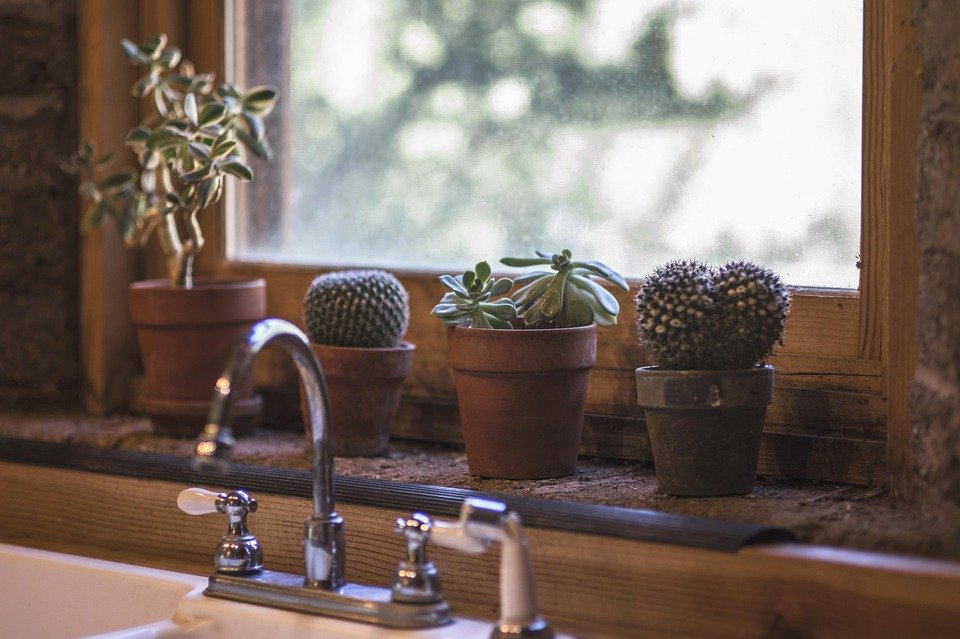
Introduction to Indoor Cat Grooming
Caring for an indoor cat involves more than just feeding and playing. Grooming is a critical aspect of maintaining your cat’s health and happiness. While indoor cats might not face the same environmental challenges as their outdoor counterparts, they still require regular grooming to prevent health issues and ensure their comfort. This article walks you through essential cleaning tips for your indoor feline friend.
The Importance of Regular Grooming
Grooming is not merely an aesthetic concern. Regular grooming helps prevent hairballs, reduces shedding, and can even catch potential health issues early. Grooming is also a bonding activity that strengthens the relationship between you and your cat.
Preventing Hairballs
Indoor cats groom themselves frequently, but this can lead to the development of hairballs. Hairballs occur when cats ingest loose fur, which clumps together in their stomachs. Regular grooming helps remove loose fur before it’s ingested, thus reducing the frequency of hairballs.
Reducing Shedding
All cats shed to some extent, but regular brushing can help minimize how much fur ends up on your furniture and clothing. This is particularly important for long-haired breeds, which tend to shed more than short-haired ones.
Early Detection of Health Issues
While grooming your cat, you have the opportunity to check for abnormalities such as lumps, bumps, or skin issues. Early detection can be crucial in addressing potential health problems before they become serious.
Basic Grooming Tools for Indoor Cats
To groom your indoor cat effectively, you’ll need the right tools. Here are some essentials you should consider:
Brushes and Combs
Depending on your cat’s coat type, you may need a variety of brushes and combs. A slicker brush is excellent for removing loose fur, while a fine-toothed comb can help with detangling and removing debris.
Nail Clippers
Trimming your cat’s nails is crucial to prevent overgrowth, which can cause discomfort or injury. Choose a cat-specific nail clipper, and be sure to avoid cutting into the quick, which can be painful for your cat.
Cat-Friendly Shampoo
Occasionally, your indoor cat may require a bath. Use a cat-specific shampoo that is gentle and safe for their skin. Human shampoos are not suitable as they can irritate a cat’s skin.
Ear and Eye Cleaners
Specialized ear and eye cleaners designed for cats can help you maintain these sensitive areas. Regular cleaning prevents infections and keeps your cat comfortable.
Step-by-Step Grooming Routine
Establishing a regular grooming routine is key to keeping your indoor cat clean and healthy. Here’s a step-by-step guide:
Brushing
Begin with brushing, which should be done at least once a week for short-haired cats and more frequently for long-haired breeds. Gently run the brush through your cat’s fur, starting at the head and working your way down to the tail. Pay close attention to areas that tend to mat, such as behind the ears and under the legs.
Nail Trimming
Trim your cat’s nails every 10 to 14 days. Hold your cat’s paw gently but firmly, and press the pad to extend the nail. Trim only the sharp tip, avoiding the pink quick. If you’re unsure, consult your veterinarian for guidance.
Cleaning Ears
Check your cat’s ears weekly for dirt, wax buildup, or signs of infection. Use a cotton ball dampened with a cat-specific ear cleaner to gently clean the outer part of the ear. Never insert anything into the ear canal.
Cleaning Eyes
Use a soft, damp cloth or a cat eye-cleaning product to wipe away any discharge from your cat’s eyes. Be gentle to avoid irritation.
Bathing
Bathing is not often necessary for cats, but it can be beneficial in certain situations, such as if your cat has rolled in something dirty or has a skin condition. Use lukewarm water and a small amount of cat shampoo. Rinse thoroughly and dry your cat with a towel.
Creating a Grooming-Friendly Environment
Some cats may be apprehensive about grooming, especially if they’re not accustomed to it. Creating a calm and positive environment can make a significant difference.
Choose the Right Time
Select a time when your cat is relaxed, such as after a meal or play session. Avoid grooming when your cat is anxious or hyperactive.
Use Positive Reinforcement
Reward your cat with treats, praise, or petting during grooming to create a positive association. This can make future grooming sessions more pleasant for both of you.
Be Gentle and Patient
Handle your cat gently and be patient. If your cat becomes stressed, take a break and try again later. Building trust is crucial for successful grooming sessions.
Special Considerations for Different Breeds
Different cat breeds have unique grooming needs. Here are some considerations for a few popular breeds:
Persian Cats
Persians have long, dense fur that requires daily brushing to prevent matting. Regular eye cleaning is also necessary due to their facial structure.
Sphynx Cats
The hairless Sphynx cat needs regular bathing to remove oil buildup on their skin. Their ears also require frequent cleaning.
Maine Coon Cats
Maine Coons have thick, water-repellent fur that benefits from regular brushing. Pay attention to the fur between their toes, which can mat and collect debris.
Conclusion
Grooming your indoor cat is an essential part of responsible pet ownership. It not only keeps your cat looking their best but also contributes to their overall health and well-being. With the right tools, a regular routine, and a patient approach, you can ensure that your feline friend enjoys a clean and comfortable life indoors.






